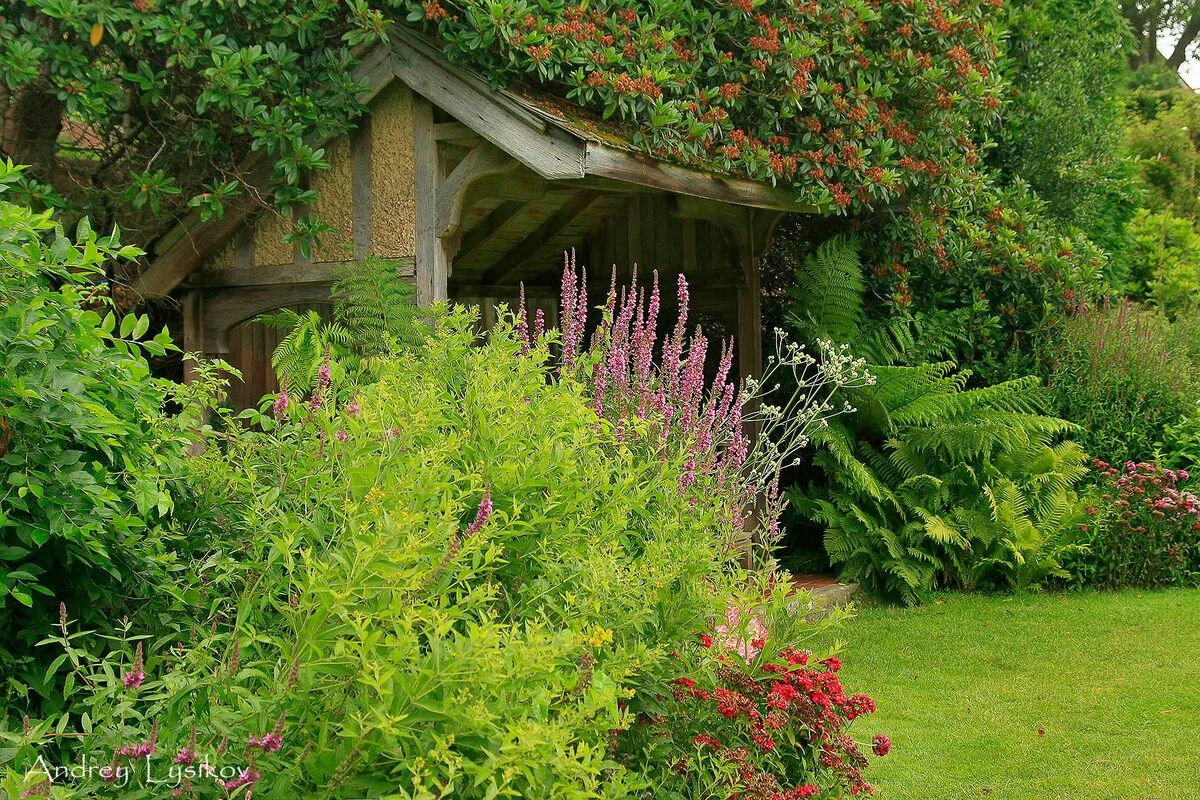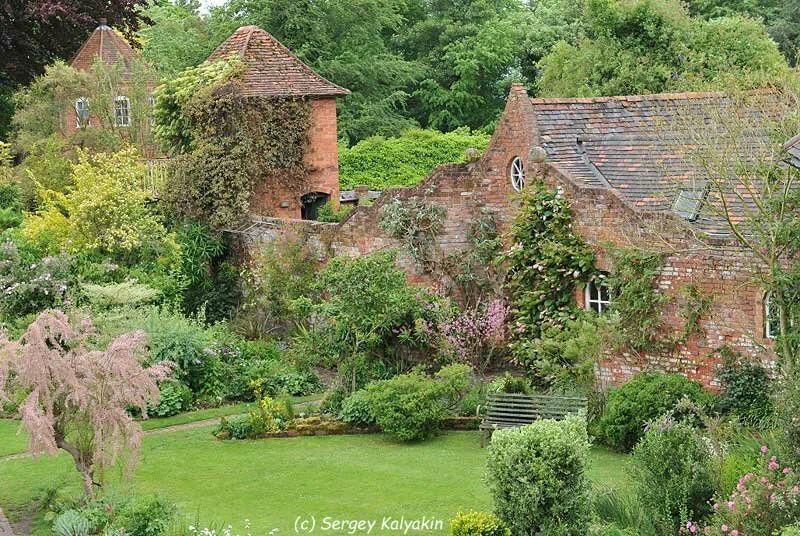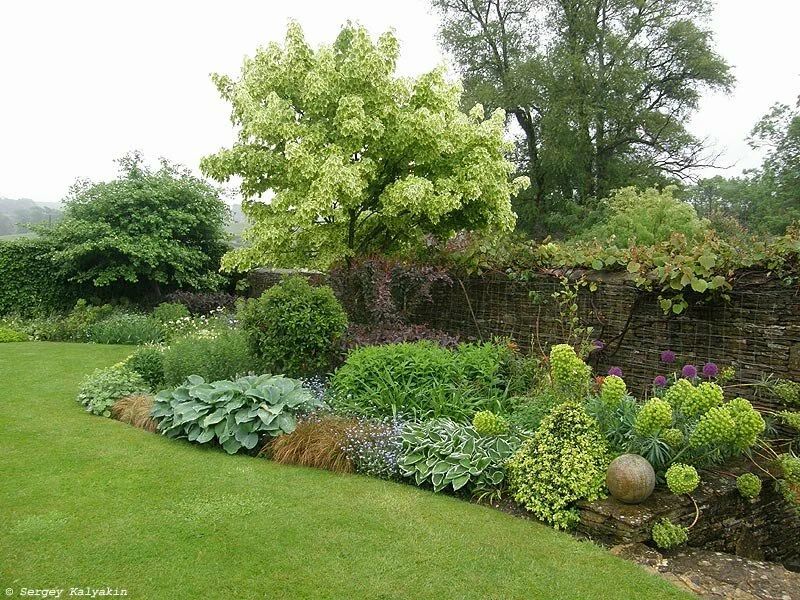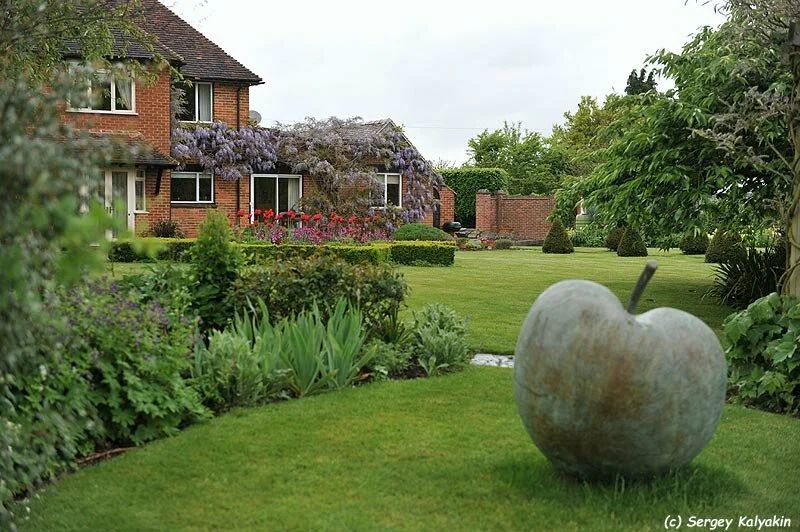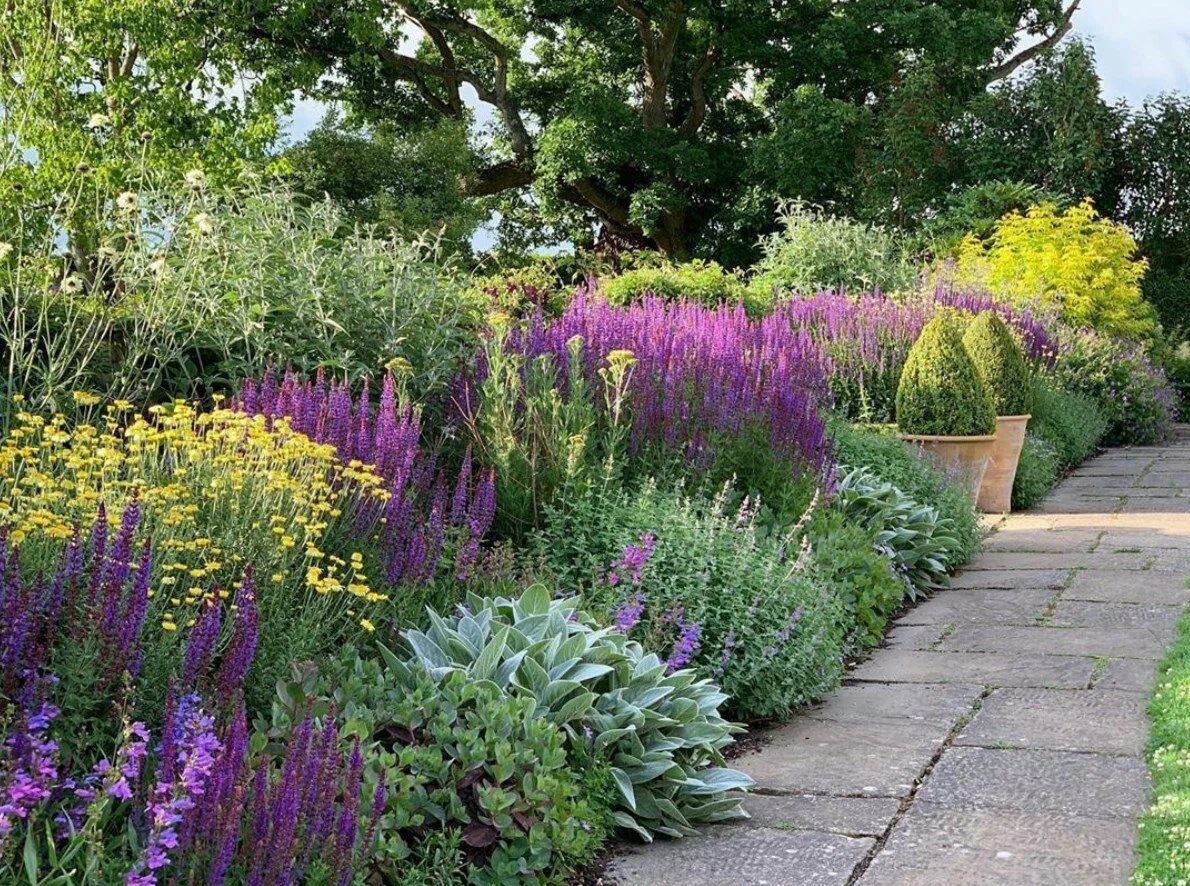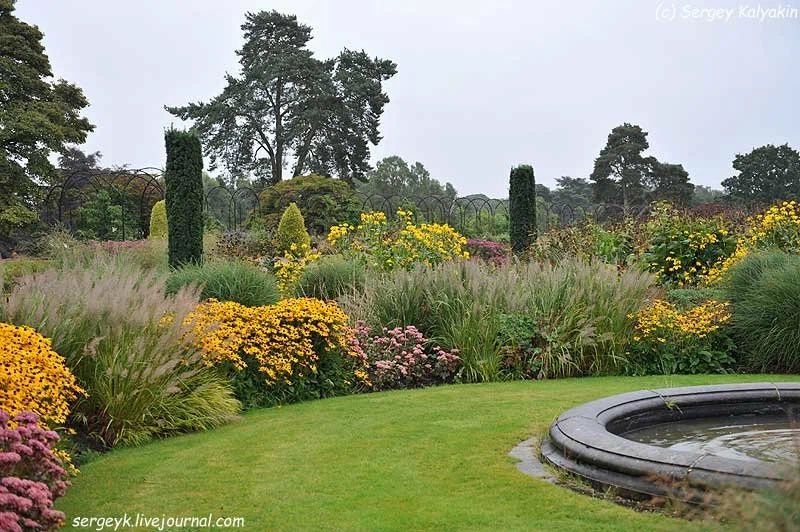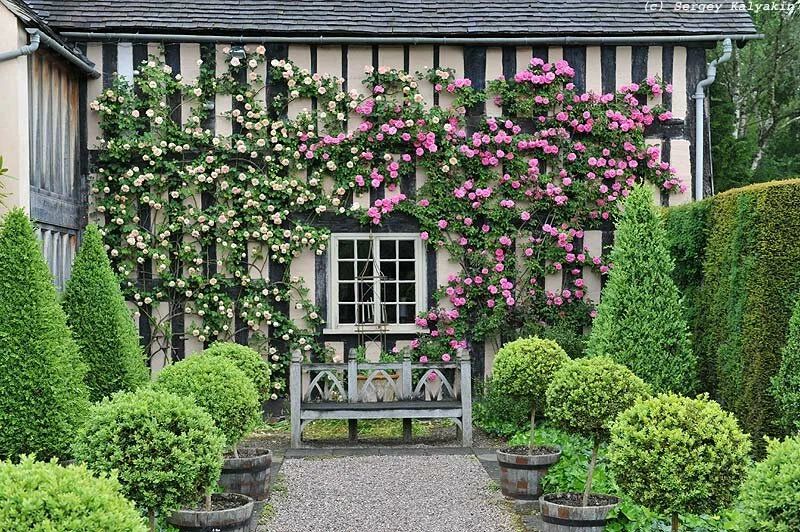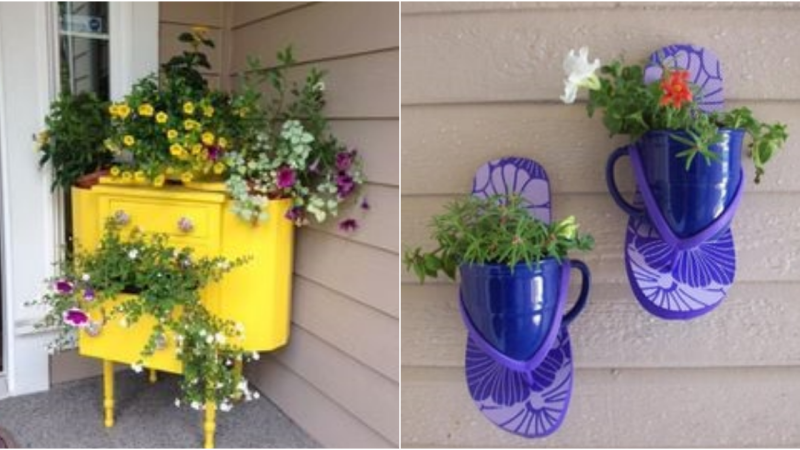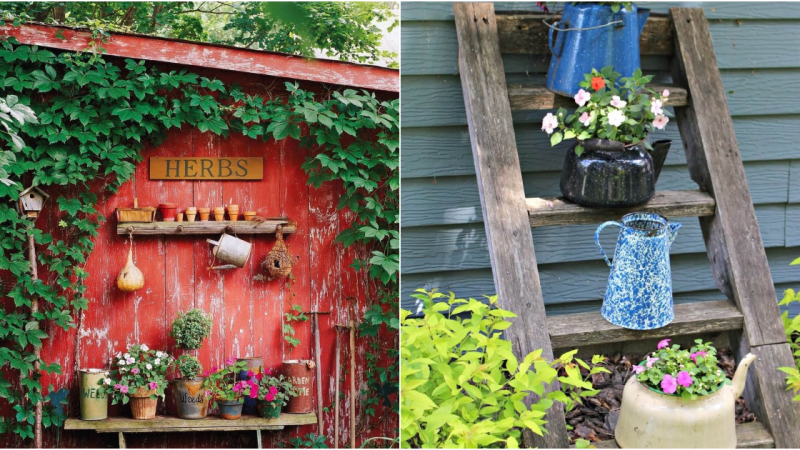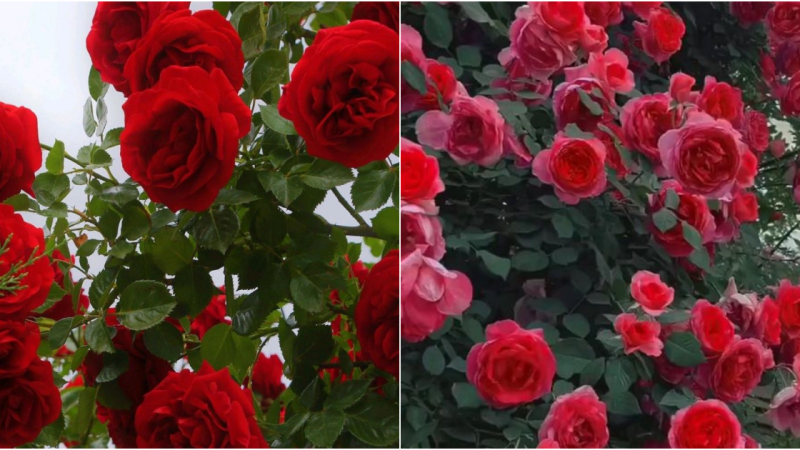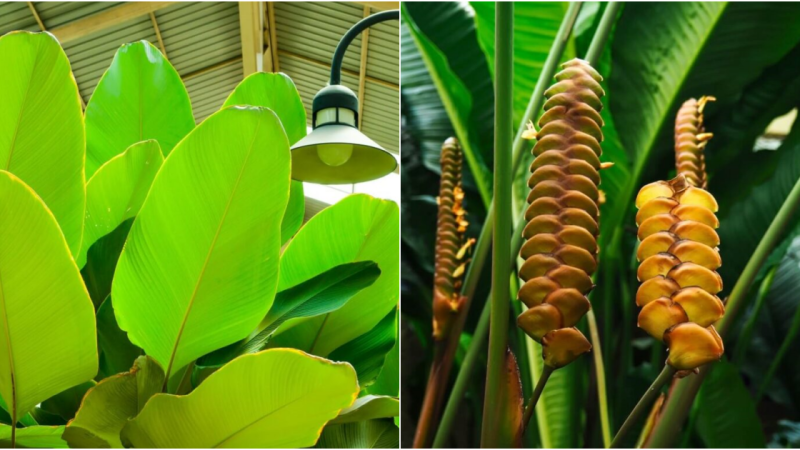Beautiful English Gardens: A Feast for the Eyes
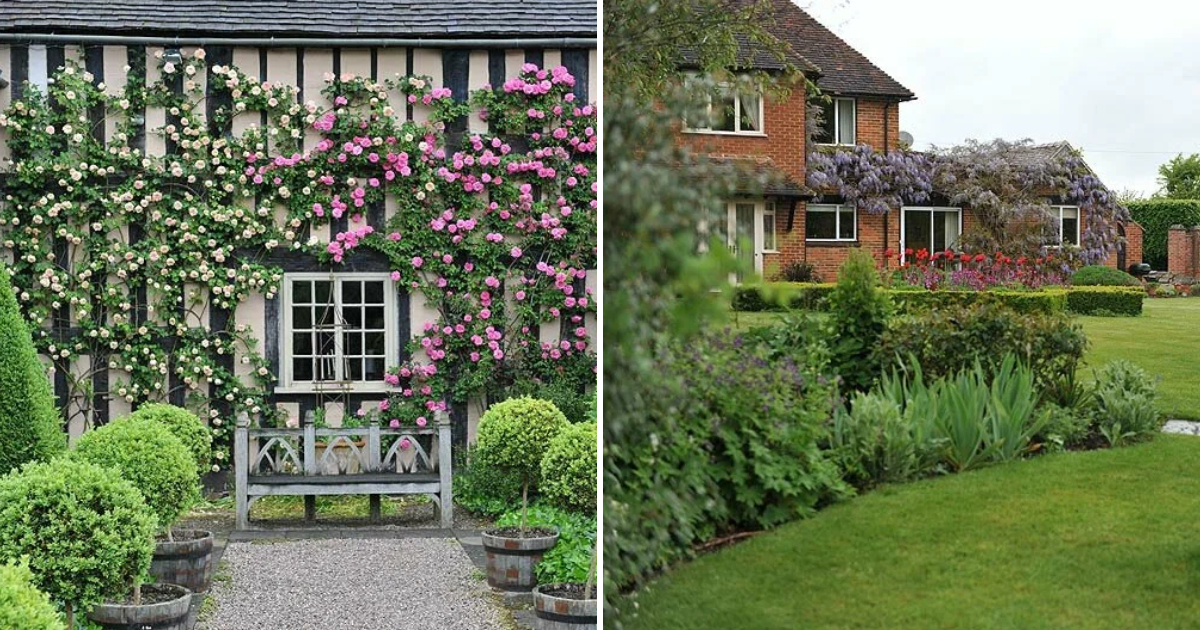

Standen House Garden
Everything seems to have been thought of for pleasant and joyful country pastimes here. Expansive lawns and meadows for sports competitions, a large swimming pond surrounded by azaleas, camellias, hostas, and astilbes, a picturesque valley of rhododendrons in the lower part of the estate, and an elevated wooded area with shady walking paths where spring and summer bring a profusion of wildflowers and bellflowers.
Stone House Cottage Garden
The walls create a special microclimate for the plants, providing warmth on the sunny side and cool humidity on the shaded side. The walls serve as shelter for less hardy vines and shrubs. They help shape formless plants and define the contours of pruning for vigorous climbers. The walls serve as the perfect backdrop for decorative foliage and flowers. In this garden, walls are the foundation and life.
Stone House Garden
From an interview with the garden owner: “My garden has a relatively short history – I started it 18 years ago. When we moved here, we inherited a house that hadn’t been renovated for years. A new house, a new garden… At that time, it was literally filled with limestone, conifers, and terrible perennial flower beds. Everything was out of place. Retaining walls were crumbling… The first thing I did was hire an excavator, and we dug up and transplanted every tree.” More details.
Timbers Garden
Timbers is a private garden in the county of Kent, England. Its main attraction is that it is laid out on two hectares of a former plantation of famous Kentish filbert, and the owners have partially preserved and maintained these historic plantings. In addition to traditional English flower beds, Sue Robinson takes pride in a large wild meadow, which is also part of her garden.
Town Place Gardens
As an inheritance from the previous owners, we received a vast lawn, a fish pond, and numerous trees. We cleared the plot to make it more open and started creating a series of gardens. One of the first ones we designed was a herb garden with regular beds and fragrant plants. The aroma here is enchanting on summer evenings! We also have our collection of thymes located there.
Trentham Gardens, Tom Stuart-Smith
In 1759, one of the greatest landscape architects of the 18th century, Lancelot “Capability” Brown, created a landscape park around a one-and-a-half-kilometer lake. In 1833, Charles Barry laid out the Italian flower gardens with formal design within the park. When the estate was sold by the 2nd Duke of Sutherland in 1911, most of the structures were demolished, and the park became public. In 2004, the upper part of the Italian garden was restored, while the lower part was interpreted in a modern spirit of the new wave. Tom Stuart-Smith created a completely new interpretation of the Italian garden.
Trentham Gardens, Piet Oudolf
Between the flood meadow by the river and the Italian garden lies the Floral Labyrinth, created by Piet Oudolf on a 55-acre plot. Narrow gravel and grass pathways divide the entire area into 32 independent flowerbeds. Naturalistic plants are planted in large clusters, and in autumn, amidst the tall curtains of miscanthus, prairie dropseed, veronicastrums, veronicas, and geraniums, one can easily get lost.
Wollerton Old Hall Gardens
Wollerton Old Hall is a traditional English garden that adorns the space surrounding a very old house (its half-timbered wing was built in the mid-16th century). Linearity is perhaps the most important design element of this garden. Straight lines are repeated again and again, embodied in four materials: yew, beech, stone slabs, and oak wood. The formal part of the garden is laid out in intersecting vistas: three north-south and three east-west.
